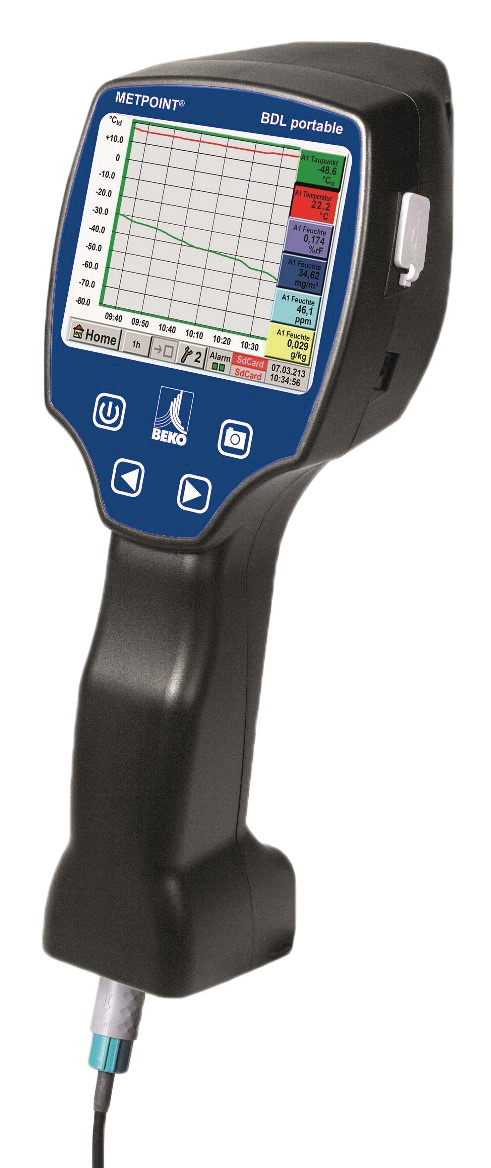How does moisture get into your compressed air - and out again?
Our ambient air is a gas mixture consisting mainly of oxygen (O2) and nitrogen (N2). In addition, atmospheric air contains a water vapor and oil vapor content that varies both temporally and regionally, as well as other microscopic liquid and solid particles (aerosols) that are filtered out in the course of compressed air treatment in order to achieve the desired compressed air quality.
Excessive moisture in a compressed air system can lead to considerable problems. For example, when transporting powdery hygroscopic (water-attracting and binding) materials such as cement, flour or milk powder, which are frequently conveyed with compressed air. This can lead to clumping of the transported material or undesired adhesion to the walls of the pipes or hoses. In the long term, corrosion in the plant and other consequential problems are conceivable.
The moisture from the ambient air drawn in and condenses after being compressed by the compressor. Especially on the first warm and humid days in spring and summer, it becomes apparent whether the installed components such as compressed air dryer, compressed air filter and condensate drain are still fully functional or perhaps need to be replaced or maintained.




